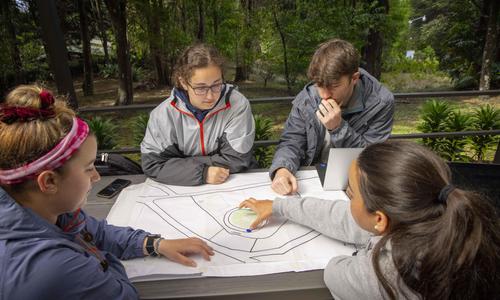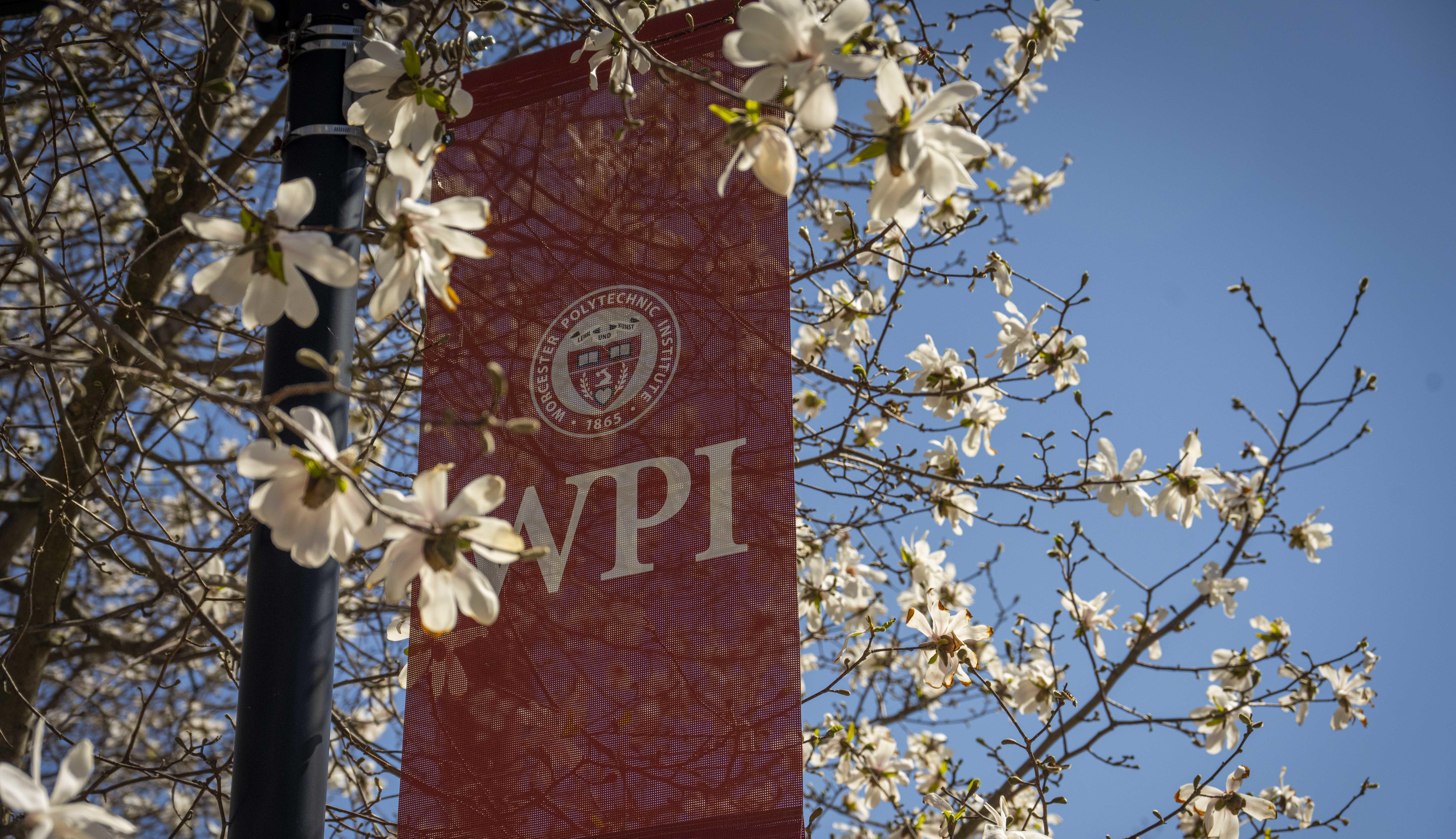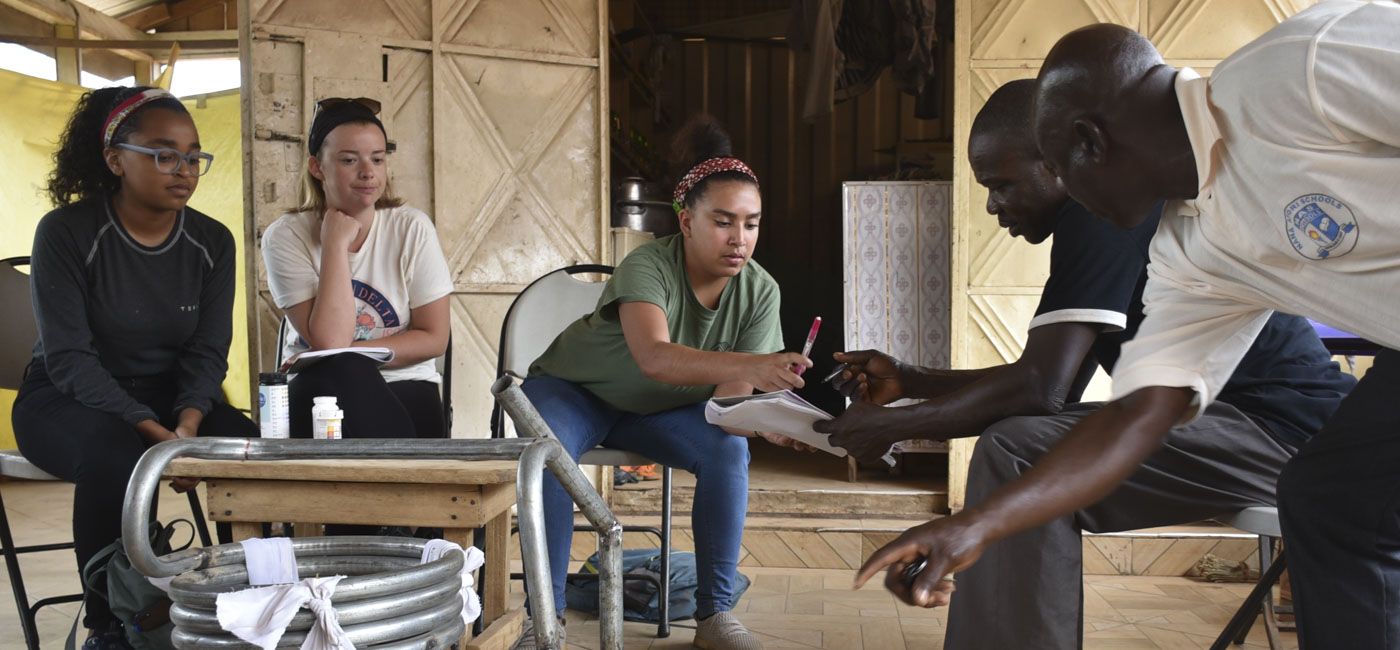The Institute on Project-Based Learning turns 10 this summer, offering the WPI community an opportunity to celebrate the university’s expertise in this area.
To fully appreciate this milestone, though, we need some context. How did WPI become an internationally recognized expert in project-based learning (PBL)? And why is our approach—first introduced more than 50 years ago—not only still relevant but also necessary today?
A Bold New Vision
Although WPI was founded on the principles of theory and practice, more than a century passed before the practice part fully took root. In 1970, with enrollment slowing, costs rising, and new competition from engineering programs at public universities, WPI leadership took a huge leap of faith: Acknowledging that rote learning was boring and ineffective, it threw out the traditional engineering-centric curriculum and created an approach that was altogether new for both WPI and the world.

attended the Institute since 2015.
“The vision was that we needed to educate scientists and engineers who would think deeply about the human and social implications of their work,” says Rick Vaz, former dean of WPI’s Interdisciplinary & Global Studies Division [now The Global School] and founder of the Center for Project-Based Learning.
Two hallmarks of today’s distinctive WPI education—the Interactive Qualifying Project (IQP) and Major Qualifying Project (MQP)—stood at the heart of that vision, which came to be known as the WPI Plan.
“The folks who created the WPI Plan understood that if you are going to do an engineering job out in the world, you need to think about the people who are going to be affected by and using what you’re designing,” Vaz says.
As the Plan was phased into the curriculum throughout the 1970s, more and more students experienced the infusion of projects into their education. When these students then landed jobs in a range of STEM fields, employers noticed that WPI graduates were uniquely prepared to think outside the box and take on leadership roles.
The higher ed world noticed, too. By the early 2000s, faculty and administrators at other colleges and universities were requesting workshops from WPI to learn about our approach to project-based learning.










